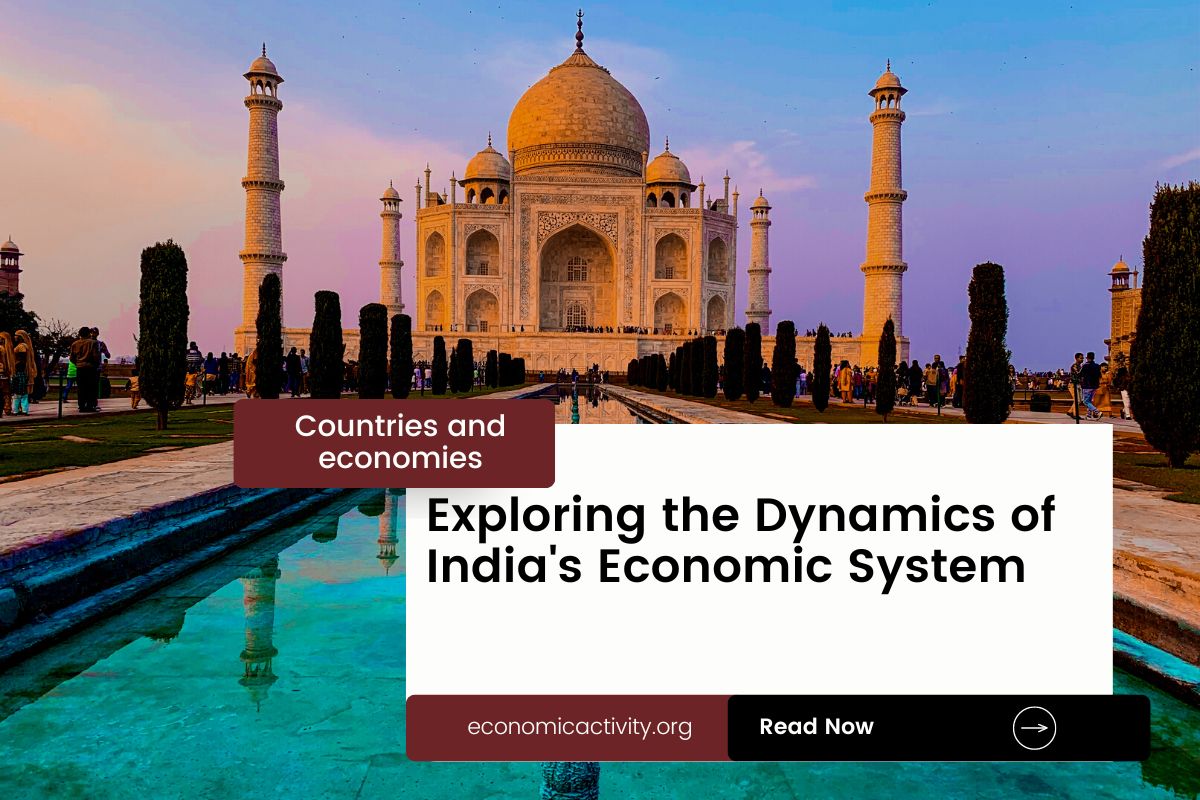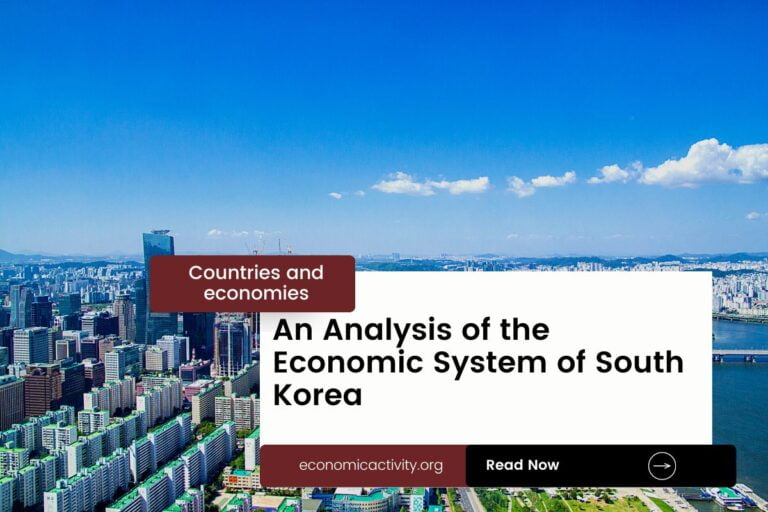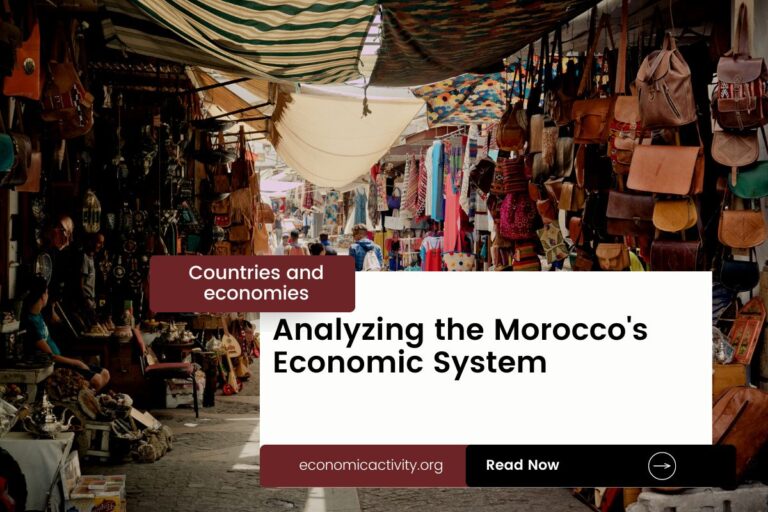What is the economic system of India? The economy of India is based on a mixed economy. The country’s economic system combines elements of a market economy and a planned economy.
In India, the economy is composed of a private sector, consisting of individuals and businesses that make autonomous decisions based on self-interest, and a public sector, where the state determines the production and distribution of certain goods and services. No country is purely capitalist or purely communist.
What do the freedom indexes tell about the economic system of India?
To determine if a country is mostly a market economy or a planned economy, it is useful to examine some economic indexes. For instance, according to the 2022 Index of Economic Freedom, which measures the ability of every human to control his own labor and property, India is ranked 131th globally and 27th in Asia-Pacific indicating that the country has a mostly unfree economy.
In a similar way, the 2022 Freedom House index evaluates the state of political rights and civil liberties globally. Generally, market economies tend to align more with democracy and freedom, while command economies tend to be characterized by greater state control and fewer democratic and civil liberty protections. India gets a score of 66/100, which qualifies it as Partly Free. India is considered to have a government that does not control what people do, and people can make their own economic decisions, but it is only considered an electoral democracy, lacking full liberal democratic protections.
The Link Between Public Sector Employment and the Economic System of India
An indicator of the extent to which the State is involved in the economy is the number of public sector employees. In India, according to ILOSTAT, the number of public sector employees as a percentage of the total workforce is 3.80% (2014). In the country’s mixed economy, the number of public sector employees as a percentage of the entire workforce varies based on the specific policies and practices adopted by the State. Some economic activities are left to the private sector while others are under government control. The bigger the public sector the closer is the economy to being a command economy.
What does the biggest company in India say about the country’s economic system
The biggest company in India should also be looked at, as well as whether it is a state-owned or private company. In this case, Reliance Industries is a Fortune Global 500 company and the largest private sector enterprise in India. The company is private, 49.11% is owned by Mukesh Ambani.
More: Top 10 Biggest companies by revenue in India
The historical factors that have influenced the economic system of India
India’s mixed economy system is the result of a long history of economic reforms, beginning with the liberalization of the economy in 1991. This liberalization opened up the economy to foreign investment, increased competition, and allowed for the growth of the private sector.
This, combined with the government’s focus on infrastructure development, has led to an increase in economic growth and a more diversified economy. The country is the biggest democracy in the world.





Leave a Reply